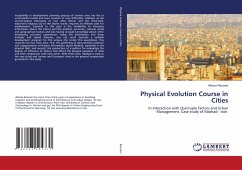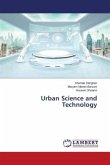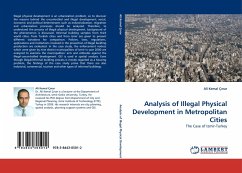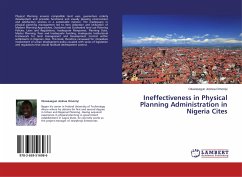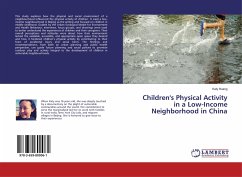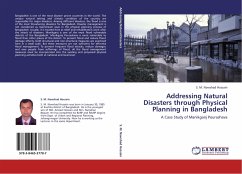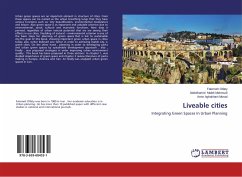Incapability in development planning process of Iranian cities has led to unsuccessful results and even creation of new difficulties. Mashad, as the second-largest metropolis of Iran after Tehran and the third-most important religious city of the Islamic world, requires an efficient plan for development. Essential to this goal is the availability of necessary information about the history and the political, economic, cultural, social and geographical factors and also having enough knowledge about other developing countries' experiences. Using this information and these analyses and tested theories, one can work towards a suitable development program for this unique city. Under this assumption, this research has two main aims. First, the gathering of documentary evidence and categorization of historic information about Mashad, especially in the physical field, and second, the production of a pattern for evaluating the degree of influence of factors that affect the physical evolution of cities and their comparison with each other. With these aims, Mashad is used as the case study and Iranian and European cities as the general comparative grounds for this study.

